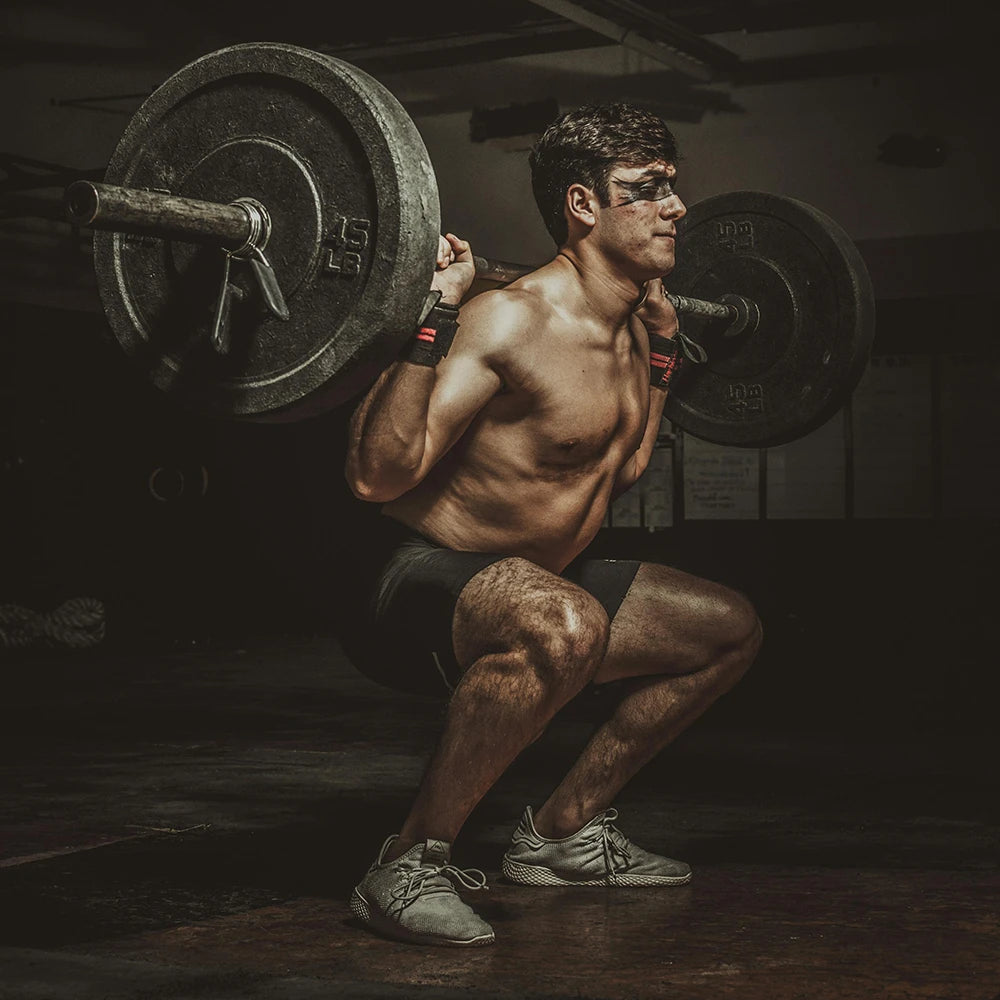Kettlebell Sumo Deadlift: How-To, Muscles, Benefits, Mistakes
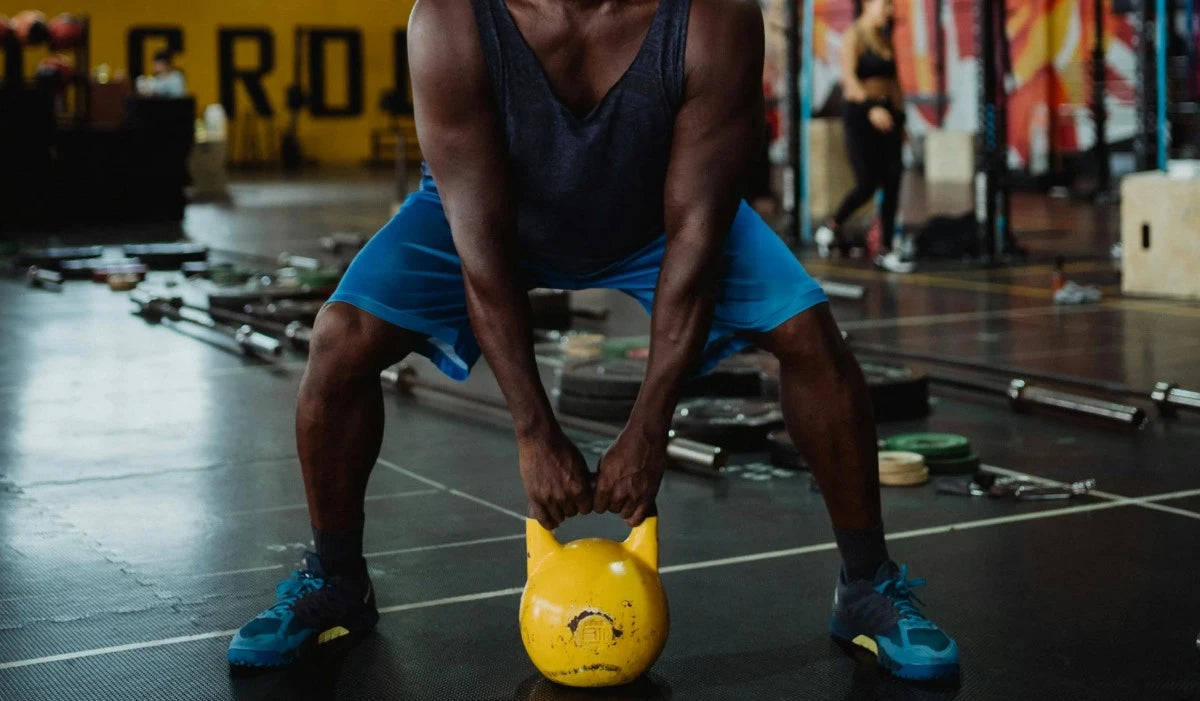
The Kettlebell Sumo Deadlift is a powerful lower-body exercise that targets the glutes, hamstrings, and inner thighs. This movement emphasizes a wider stance than the traditional deadlift, making it particularly effective for building strength in the lower body and improving hip mobility. In this guide, we’ll cover how to perform the Kettlebell Sumo Deadlift correctly, the muscles it works, the benefits, and common mistakes to avoid.

How to Perform the Kettlebell Sumo Deadlift
Proper technique is crucial for maximizing the effectiveness of the Kettlebell Sumo Deadlift and minimizing the risk of injury. Follow these steps to perform the exercise correctly:
- Starting Position: Stand with your feet wider than shoulder-width apart, with your toes pointing slightly outward. Place a kettlebell on the floor between your feet, in line with your heels.
- Hinge at the Hips: Push your hips back while keeping a slight bend in your knees. Lower your torso towards the ground, maintaining a neutral spine. Your back should be flat, and your shoulders pulled back.
- Grip the Kettlebell: Reach down and grasp the kettlebell handle with both hands, keeping your arms straight. Engage your core to stabilize your spine.
- Lift the Kettlebell: Drive through your heels and extend your hips and knees to stand up, lifting the kettlebell off the ground. Keep the kettlebell close to your body as you rise, maintaining a neutral spine.
- Top Position: At the top of the movement, stand tall with your chest up, shoulders back, and glutes squeezed. The kettlebell should be hanging in front of your hips.
- Lower the Kettlebell: Reverse the movement by hinging at the hips and bending your knees slightly to lower the kettlebell back to the ground in a controlled manner.
- Repeat: Perform the desired number of repetitions, focusing on maintaining form and control throughout the exercise.
Pro Tip: Start with a lighter kettlebell to practice the movement and perfect your technique before progressing to heavier weights. Our powder-coated kettlebells are available in various weights, making them ideal for all fitness levels.
Muscles Worked in the Kettlebell Sumo Deadlift
The Kettlebell Sumo Deadlift is a compound exercise that engages multiple muscle groups, primarily targeting the lower body. Here’s a breakdown of the key muscles involved:
- Glutes: The gluteal muscles are heavily engaged during the sumo deadlift, especially as you extend your hips to lift the kettlebell off the ground.
- Hamstrings: The hamstrings work in conjunction with the glutes to extend your hips and stabilize your legs during the lift.
- Adductors: The inner thigh muscles (adductors) are more engaged in the sumo stance, helping to stabilize your legs and hips throughout the movement.
- Quadriceps: The quads assist in extending your knees as you rise from the bottom of the sumo deadlift, contributing to the overall power of the lift.
- Lower Back: The erector spinae muscles in your lower back help maintain a neutral spine and provide support throughout the movement.
- Core: The core muscles, including the rectus abdominis and obliques, engage to stabilize your spine and maintain proper posture during the lift.
- Forearms and Grip: Holding the kettlebell requires significant grip strength, which is developed through the engagement of the forearm muscles.
- Upper Back: The muscles of the upper back, including the traps and rhomboids, help keep your shoulders pulled back and maintain proper posture throughout the lift.
By targeting these muscle groups, the Kettlebell Sumo Deadlift helps to build lower-body strength, improve hip mobility, and enhance overall functional fitness.
Benefits of the Kettlebell Sumo Deadlift
Incorporating the Kettlebell Sumo Deadlift into your workout routine offers numerous benefits that can contribute to your overall fitness and strength. Here are some of the top advantages:
- Builds Lower-Body Strength: The sumo deadlift is highly effective for strengthening the muscles of the glutes, hamstrings, and inner thighs.
- Improves Hip Mobility: The wider stance of the sumo deadlift helps to improve hip mobility and flexibility, which can benefit other lifts and daily activities.
- Enhances Core Stability: The sumo deadlift engages the core muscles to stabilize the spine, helping to improve your overall stability and balance.
- Promotes Functional Fitness: The Kettlebell Sumo Deadlift mimics movements you perform in daily life, such as lifting objects from the ground, making it a functional exercise that enhances overall strength and mobility.
- Reduces Strain on the Lower Back: The sumo stance reduces the range of motion required to lift the kettlebell, which can decrease the strain on the lower back compared to a traditional deadlift.
- Versatile and Scalable: The Kettlebell Sumo Deadlift can be easily adjusted to suit all fitness levels by increasing or decreasing the weight of the kettlebell, making it a versatile exercise for any training program.
The benefits of the Kettlebell Sumo Deadlift make it a valuable addition to any strength training routine, particularly for those looking to build lower-body strength and improve hip mobility.
Common Mistakes to Avoid
To get the most out of the Kettlebell Sumo Deadlift and reduce the risk of injury, it’s important to avoid these common mistakes:
Rounding the Lower Back
Rounding the lower back during the sumo deadlift can place excessive strain on the spine and increase the risk of injury.
How to Fix: Keep your chest up and engage your core to maintain a neutral spine throughout the movement. If you find yourself rounding, reduce the weight and focus on improving your form.
Letting the Knees Cave In
Allowing your knees to cave inward during the lift can reduce the effectiveness of the exercise and place strain on your joints.
How to Fix: Focus on pushing your knees outward, tracking them over your toes as you lower and rise from the sumo deadlift. This will help maintain proper alignment and protect your knees.
Using Too Much Weight
Starting with a kettlebell that is too heavy can compromise your form and increase the risk of injury.
How to Fix: Start with a lighter kettlebell and focus on mastering the technique before progressing to heavier weights. Prioritize control and proper form over the amount of weight used.
Standing Too Narrow
Using a stance that is too narrow can reduce the engagement of the inner thighs and compromise the effectiveness of the sumo deadlift.
How to Fix: Make sure your feet are wider than shoulder-width apart with your toes pointing slightly outward. This will help engage the correct muscle groups and improve the effectiveness of the exercise.
Best Kettlebells for the Sumo Deadlift
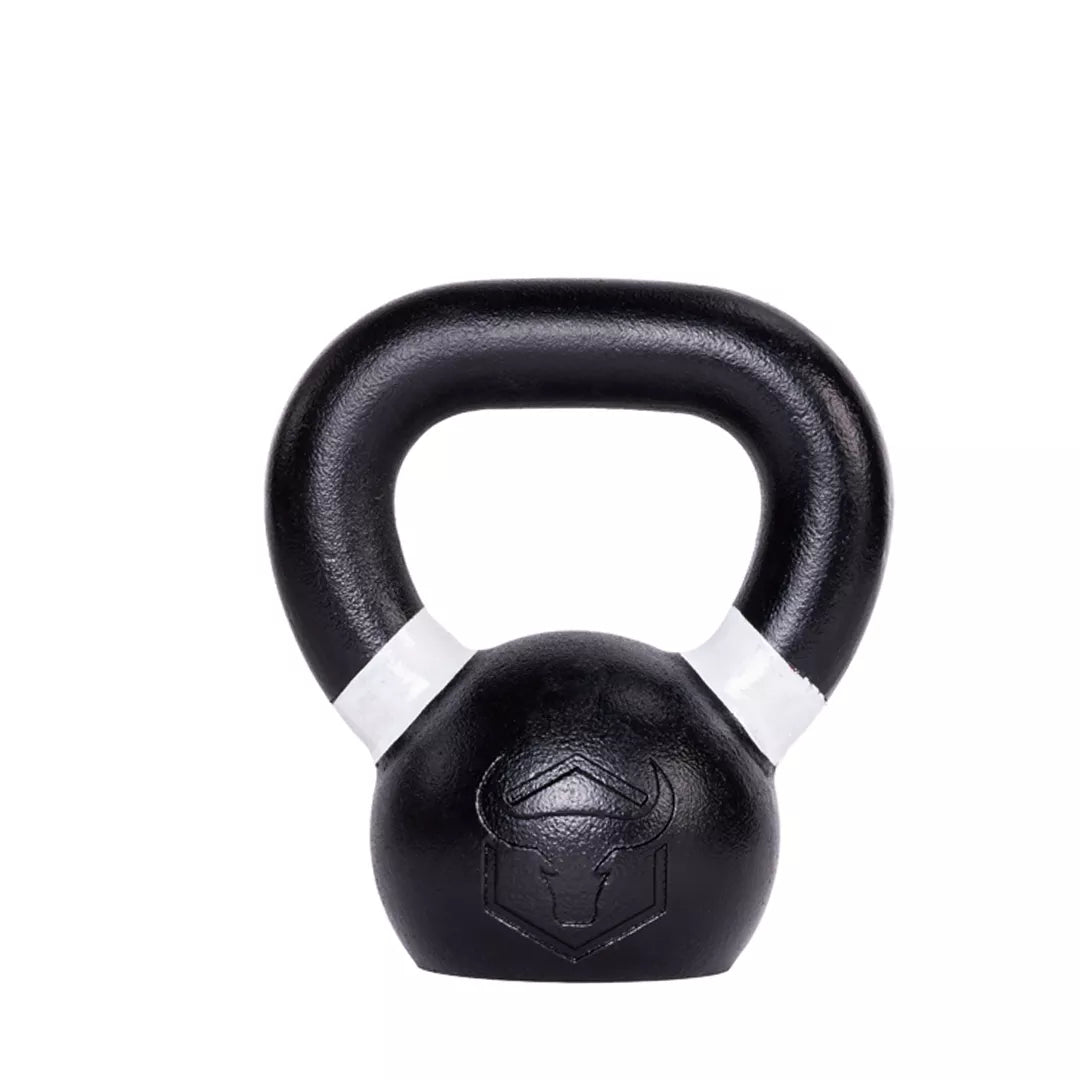
4KG/9LB
$30
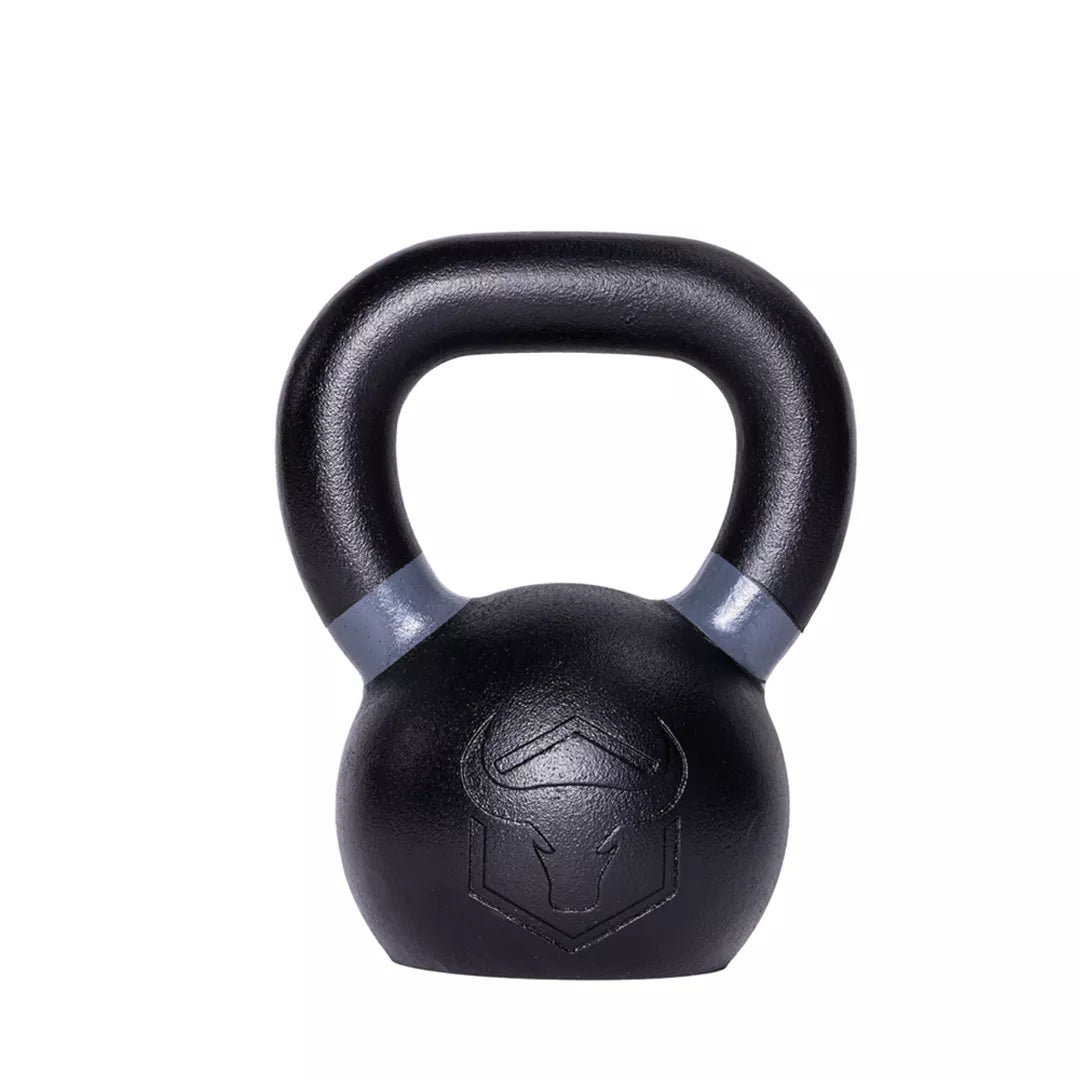
6KG/13LB
$40
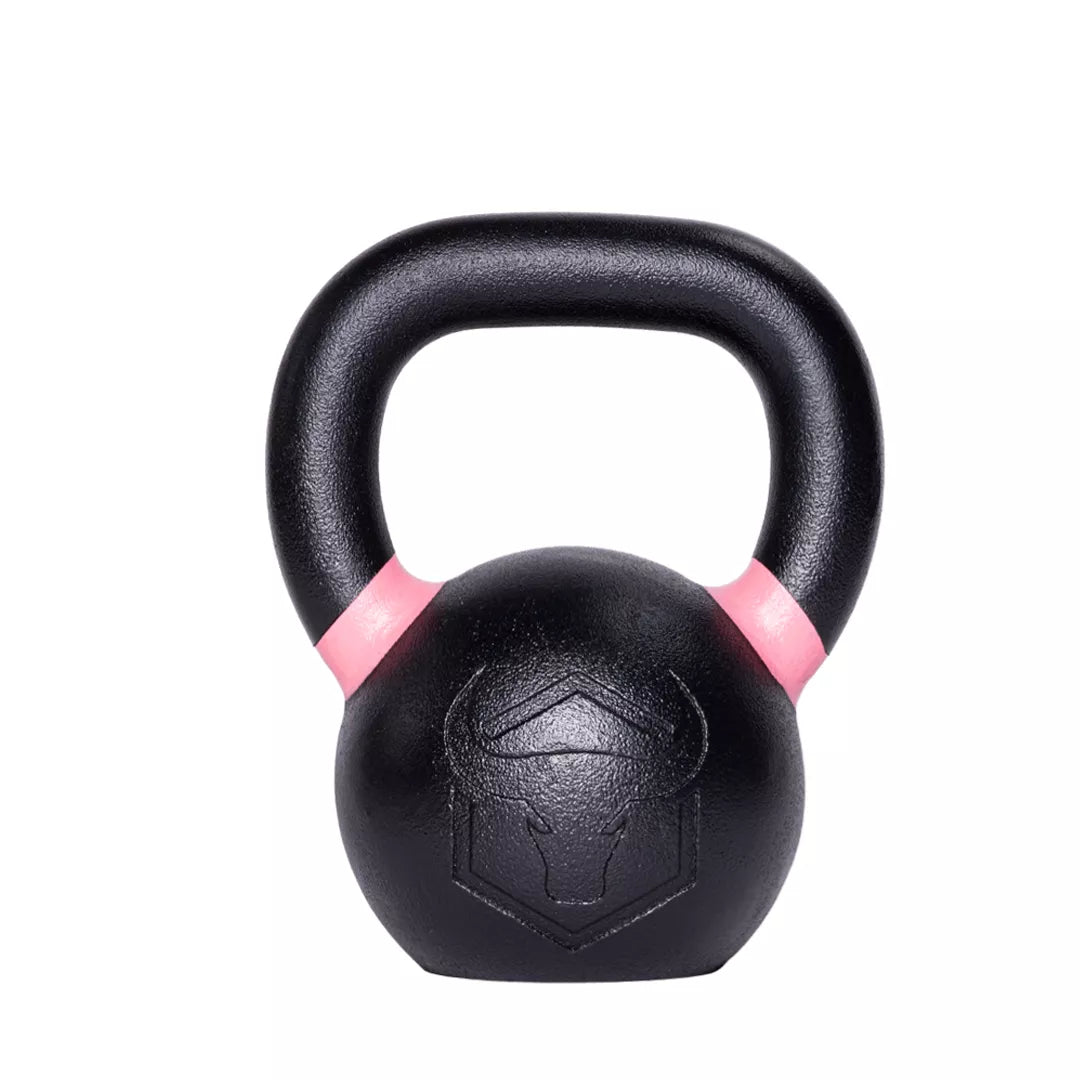
8KG/18LB
$50
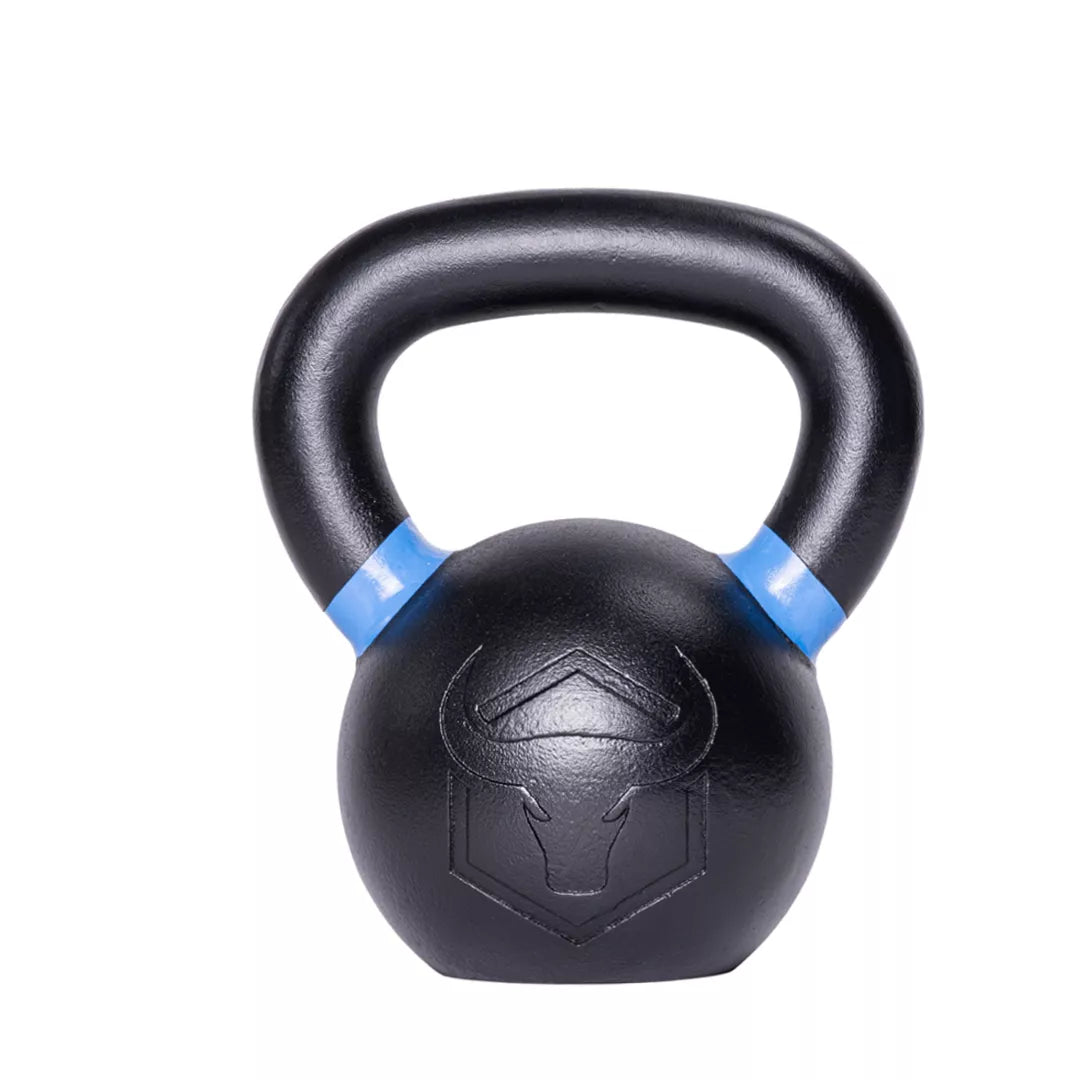
12KG/26LB
$60
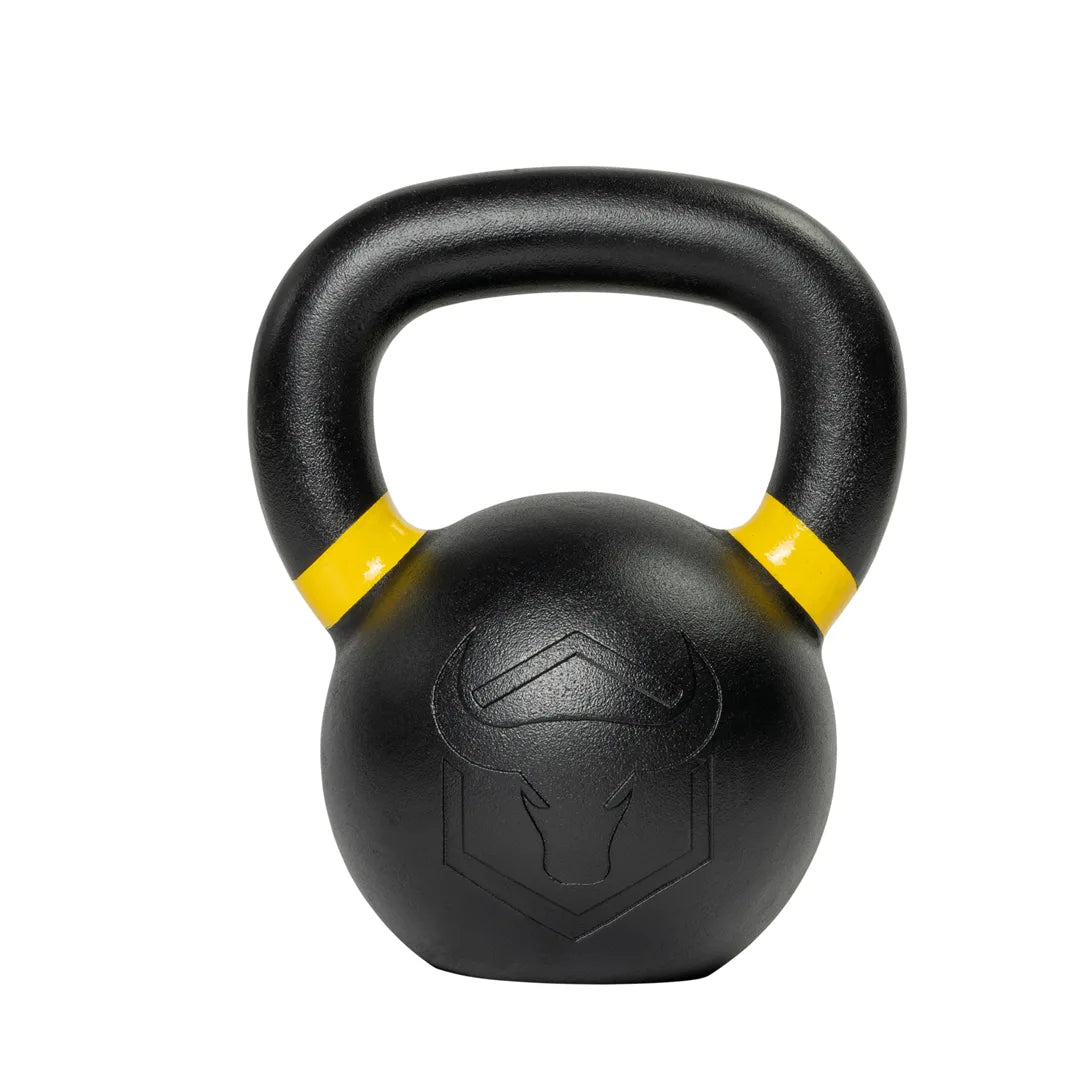
16KG/35LB
$70
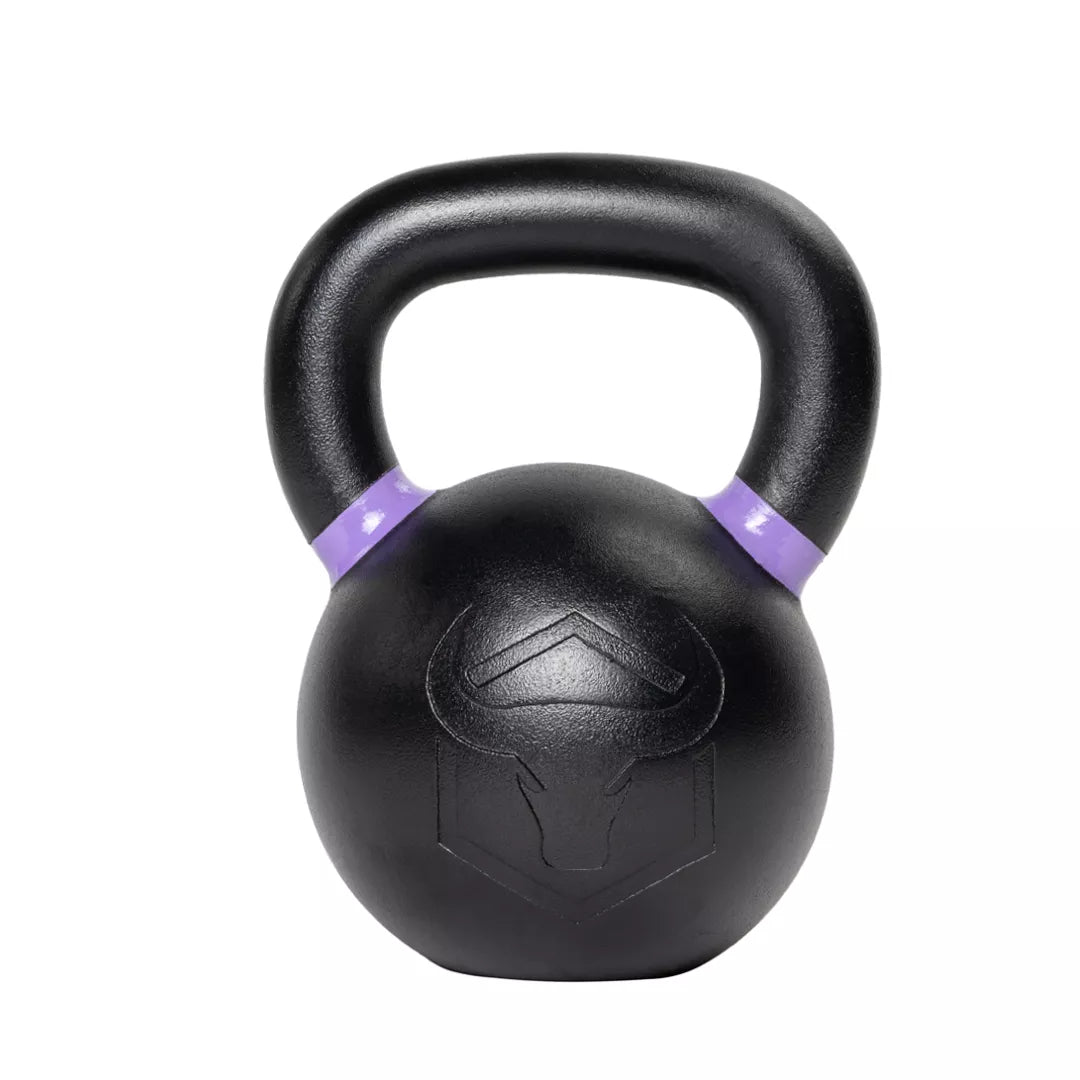
20KG/44LB
$88
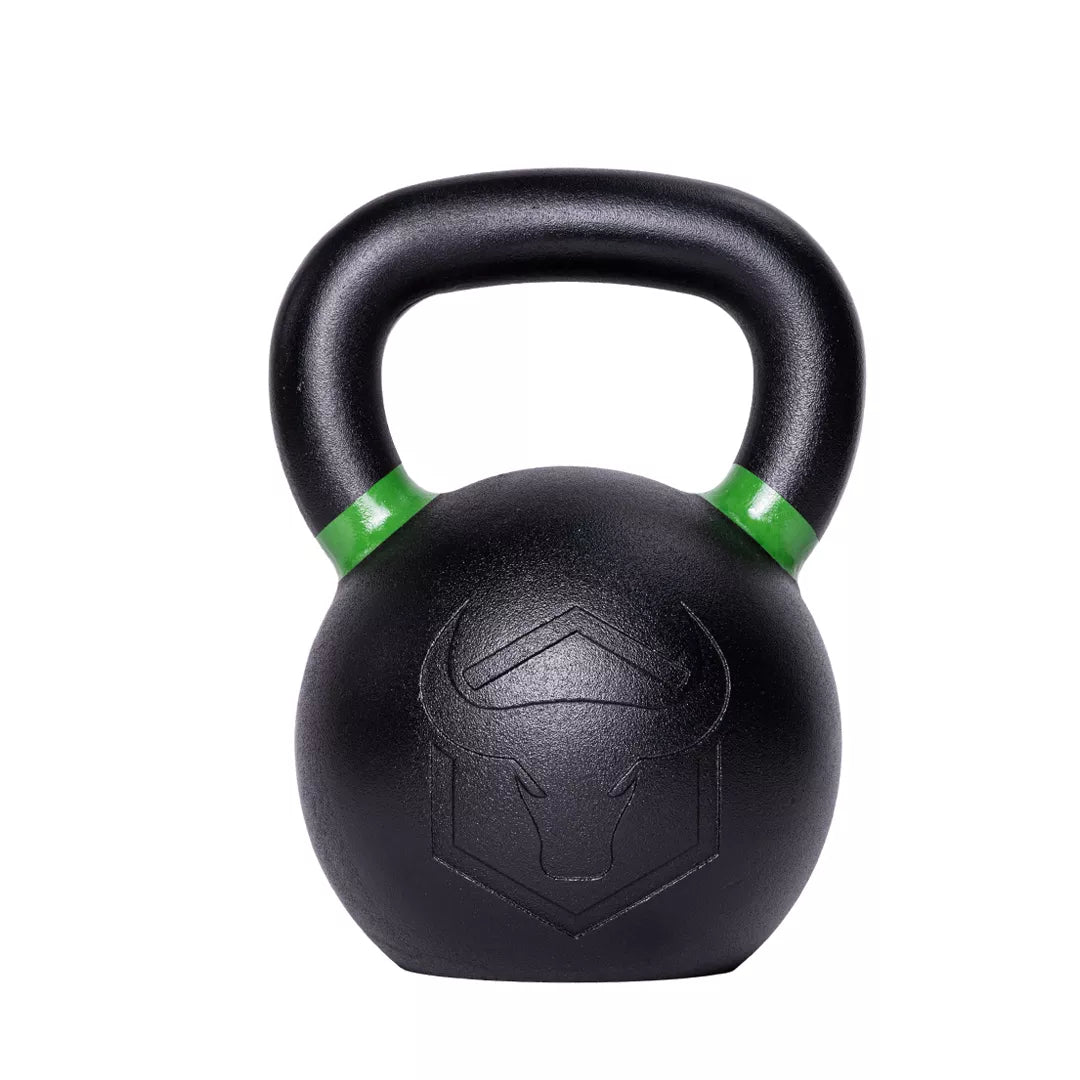
24KG/53LB
$106
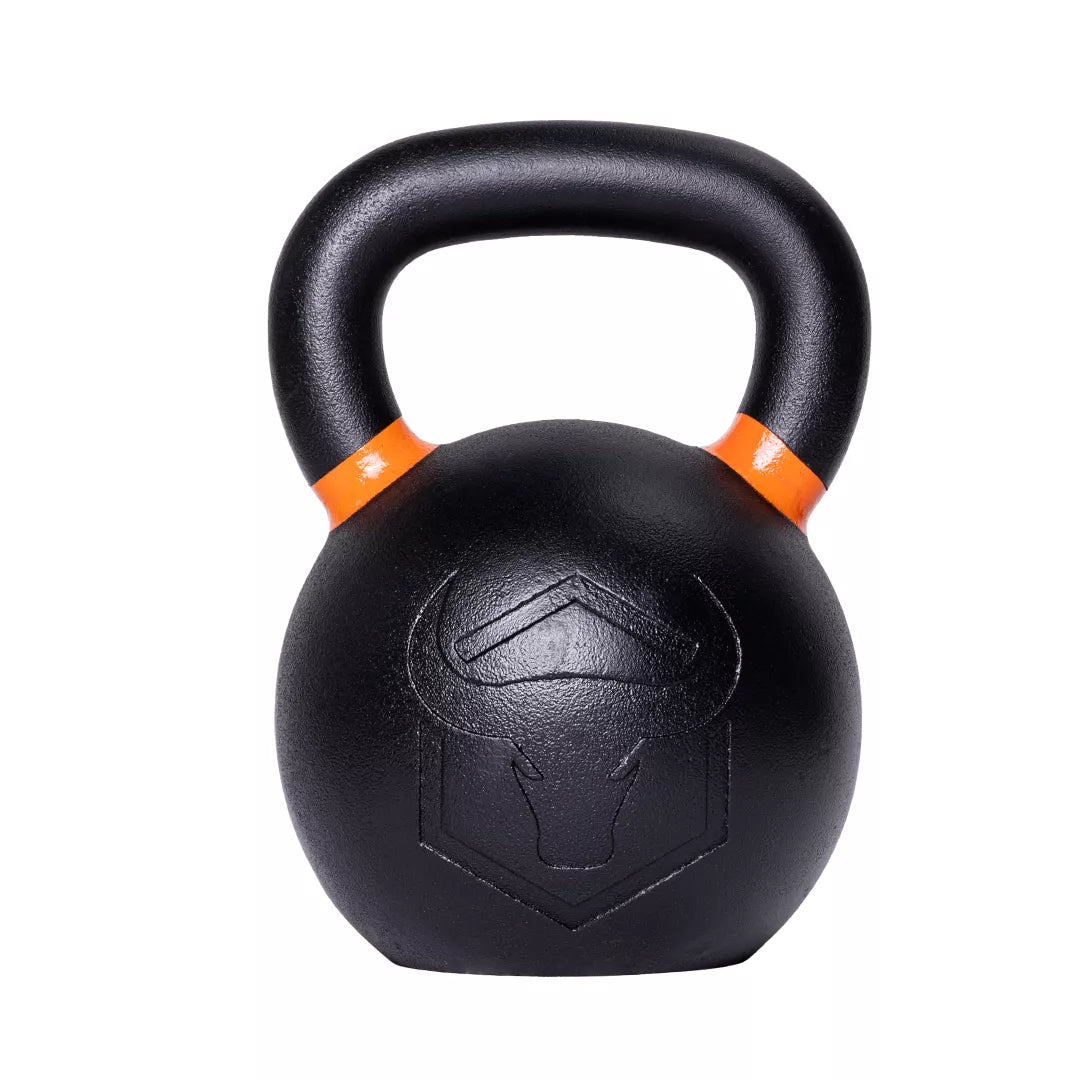
28KG/62LB
$124
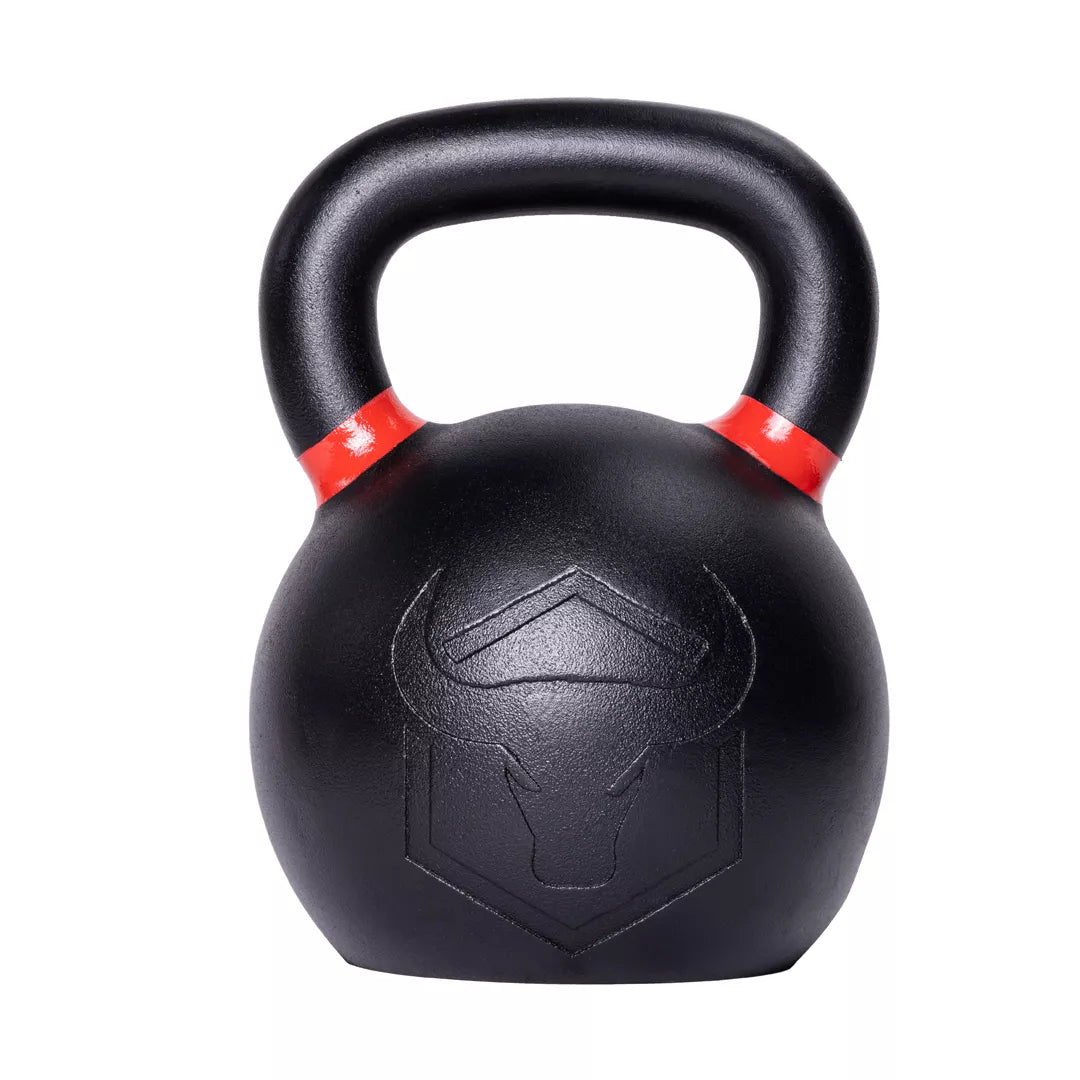
32KG/70LB
$140
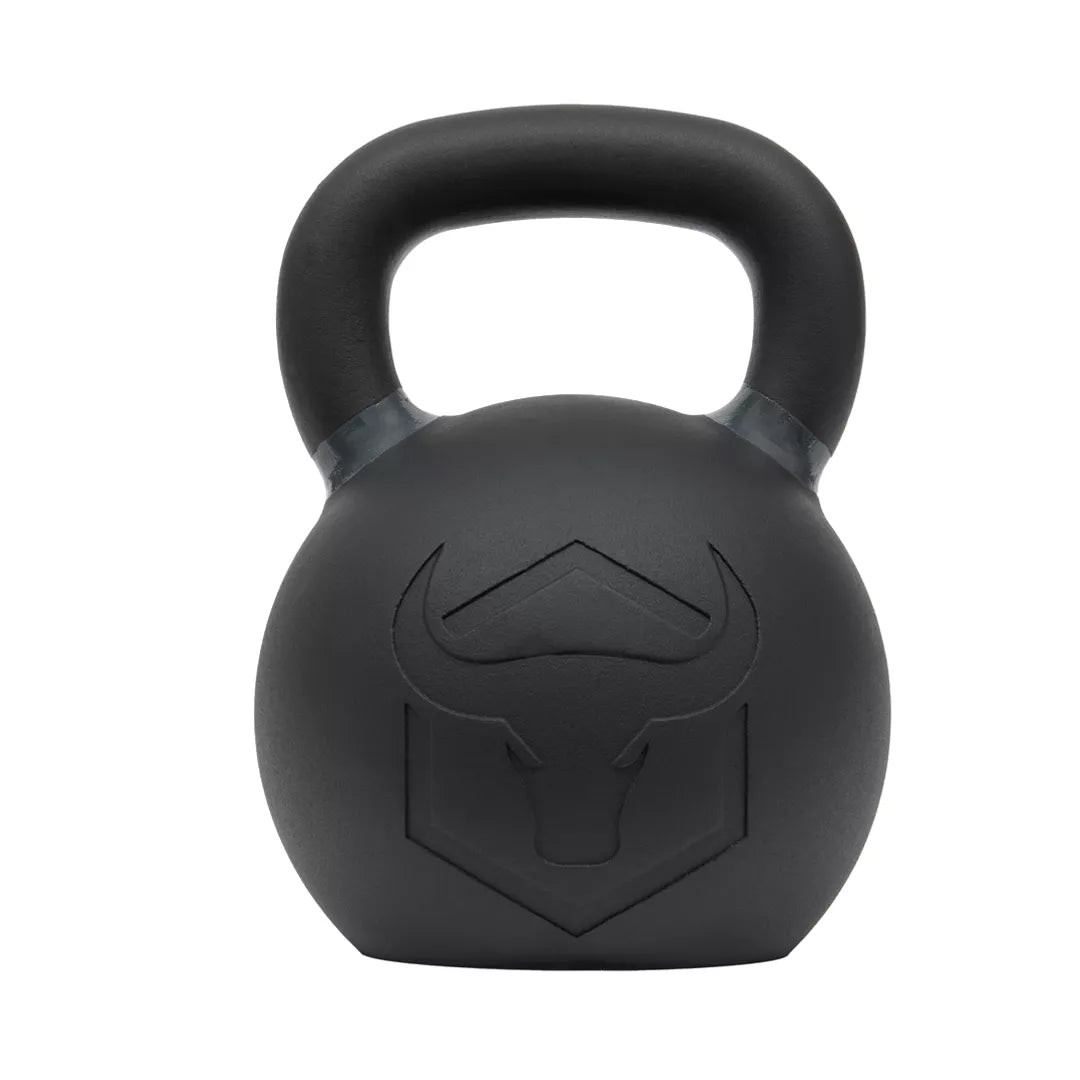
36KG/80LB
$160

40KG/88LB
$176
Choosing the right kettlebell is essential for performing the Kettlebell Sumo Deadlift safely and effectively. Beginners should start with a lighter weight to focus on mastering the form before progressing to heavier kettlebells.
At Iron Bull Strength, we offer a wide range of kettlebells that are perfect for this exercise, including our powder-coated kettlebells. These kettlebells are available in weights ranging from 4kg to 40kg, making them suitable for all fitness levels. Explore our selection to find the perfect kettlebell for your Sumo Deadlifts and other kettlebell workouts.

